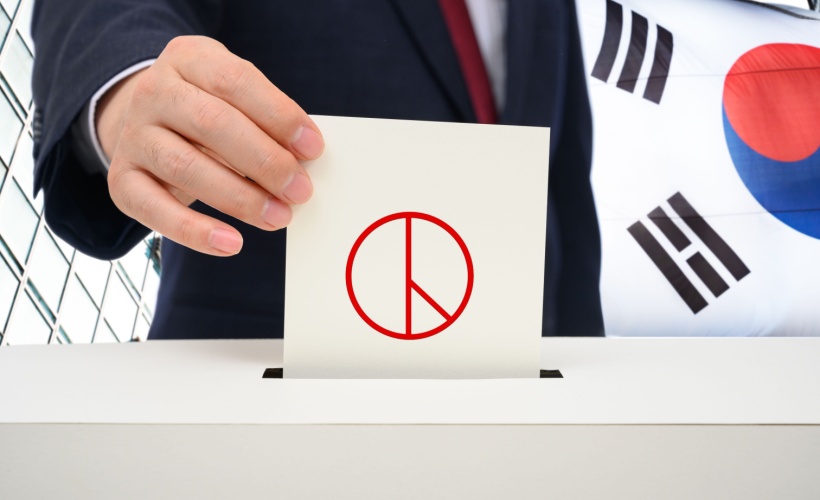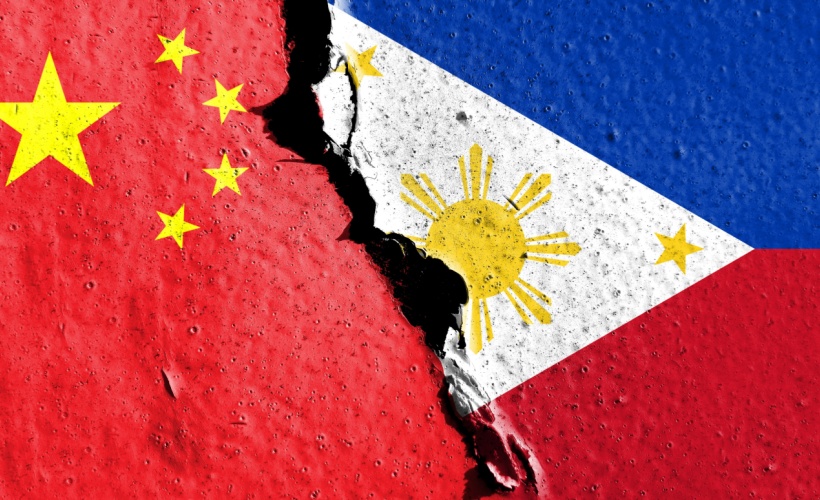By Patrick McAlary, Research Assistant
Ja Ian Chong (Associate Professor, University of Singapore) joined the Centre online from Singapore on 28 September 2023 to speak about how PRC (People’s Republic of China) coercion aimed at Taiwan is having the opposite of its intended effect and that perceived hostility from Beijing is encouraging greater resistance amongst the Taiwanese citizenry.
PRC Coercion toward Taiwan
Empirically, Taiwan has been subject to a greater level of PRC coercion since 2016. Economic restrictions have been applied to exports like fruit while there have also been limits applied to tourism. PRC coercion extends to diplomatic coercion, with attempts to isolate Taiwan from opportunities of international participation and military coercion, evident through the dramatic deployment of naval vessels and aircraft within Taiwan’s waters and airspace. These coercive techniques are framed by the severe tightening of PRC authority in Hong Kong. However, this coercive pressure has only had a limited impact on Taiwan preferences: Taiwan identification remains strong and is growing and there is strong preference for maintaining the status quo vis-à-vis the question of cross strait relations.
This presents the question of why is PRC coercive pressure on Taiwan having such limited impacts and how do the Taiwanese prefer to deal with the thorny issue of PRC coercion? Conceptually, Dr Chong also argued that there is room to broaden the discussion away from ‘elite signalling’ to ‘public reactions’. Coercive diplomacy is built around signalling potential costs to encourage another actor to change their behaviour. However, less attention is payed to public reactions to this coercion and how these reactions in turn influence decision-maker responses to coercive tactics. In comparison to decision-makers who are more of a cohesive group, public audiences tend to be more diverse and their responses to coercive signals tend to also be more diverse
Framing Citizen Responses to Coercion
Dr Chong highlighted four approaches that publics tend to prefer that take into account relationships with the coercer and international alliances respectively.
- Isolation: to go it alone
- Balancing: to find other actors that can provide a counter pressure to the source of the coercion
- Bandwagoning: to work more closely with the coercer in the hope of appeasing them
- Hedging: to work with both actors (the coercer and other partners) to calibrate the two and find a path through

These four broad strategies for responding to coercion are drawn from an analysis of the three waves of the Taiwan National Security Survey (2016, 2019, 2020). Particularly, responses to questions on 1) strengthening of economic and trade relations with mainland China and 2) strengthening relations with Japan and the United States. Dr Chong’s analysis showed that between the 2016 and 2020 surveys, ‘bandwagoning’ as a strategy becomes less popular while ‘balancing’ replaces it as the most popular approach amongst the survey’s respondents. This shift corresponds to a period where perception of hostility from the PRC was increasing.
More Hostility, More Resistance
The trends that come out of the survey responses point to a clear correlation between the perception of threat from the PRC and the different strategies. Respondents who perceived a high level of hostility from the PRC were less likely to bandwagon and more likely to balance. The hedgers tended to perceive a moderate level of hostility and for the small group of isolationists, the perception of hostility does not play a huge role.
On this basis, Dr Chong put forward three key hypotheses:
- Citizens in the target country are less likely to bandwagon (or even hedge) with the coercing country if they perceive a greater threat from the coercer. This stems from a belief that no amount of appeasement will satisfy the coercer.
- Citizens in the target country are more likely to balance with the coercer by pursuing alliances with other countries if they perceive greater threat from the coercer. This suggests that creating too much threat will lead to targets of coercion acting more strongly against the coercing country.
- Citizens in the target country are more likely to hedge when they perceive a moderate level of hostility between their country and the coercer as only moderate threat leaves room for negotiation and compromise.
These hypotheses relate to the cross-strait relationship between China and Taiwan, but Dr Chong suggested that it could potentially also apply to other examples of coercive diplomacy.
This suggests that the PRC’s efforts at coercion are having the opposite of their intended effect. This is not to imply that they are driving people in Taiwan towards a bid for independence, but rather, there is a perceived need to counter what has been viewed as an increased pressure being levied by the PRC. It suggests that, especially over a long period, coercion has diminishing effects and that it becomes ‘priced in’—sustained coercion fosters resistance.
This could create a dangerous dynamic, where the coercer is encouraged to increasingly ‘up the ante’ to achieve their goals and this could encourage escalations. Dr Chong argued that there is room for the coercer (Taiwan) to think creatively about deterrents against the coercer (PRC) and in doing so seize the initiative for itself. On the other side of the coin, it shows how coercive signals must engage different audiences as, if used bluntly, coercive tactic may push the ambivalent towards resistance. Ultimately, we are moving into a tenser period of cross-strait relations and both the PRC and Taiwan will have to act accordingly to avoid escalation and to reduce risks.







